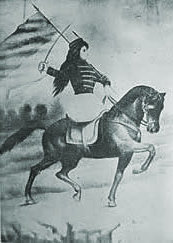
|
Women and Independence in Latin America An exploration of women's involvement in the Latin American Wars of Independence |
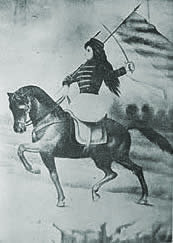
|

|
Women and Independence in Latin America An exploration of women's involvement in the Latin American Wars of Independence |

|
Click on one of the images below to see the full-size image
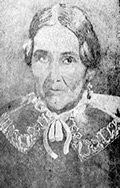 Carmen Rodríguez |
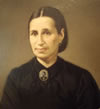 Carmen Rodríguez |
 Exile 1814 |
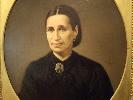 Carmen Rodríguez de Gaitán |
Gender:Female
Ethnic origen: Unknown
Events:
| 1810 | - | Bogotá | - | Unknown | - | She marched against the Spanish government on 20 July 1810. |
| 1816 | - | Tocaima | - | Unknown | - | She was exiled here in 1816. |
| 1816 | - | Bogotá | - | Unknown | - | She was imprisoned. |
| 1852 | - | Bogotá | - | Unknown | - | The government commissioned a portrait to be painted in her honour. |
Connections:
Almeyda networkBiography:
See also Carmen Rodríguez. This could be the same person.
When she was aged 20 La Pola moved to Bogotá and together with Andrea Ricaurte de Lozano, Carmen Rodríguez de Gaitan and Juana Petronila Nava de García Evía formed a revolutionary group. They passed information on about the guerrillos de Casanare, royalist troops, state of arms, forces and munitions. La Pola was imprisoned by Viceroy Juan Sámano after he found documents on her novio, Alejo Sabaráin. She managed to warn one of her compañeras to destroy compromising letters. (Zabala, 40-42)
She was among a group of women who marched through the streets of Bogotá against the Spanish government on 20 July 1810. (Monsalve, 85)
She was Andrea Ricaurte's comadre. (Díaz y Díaz, 213, Monsalve, 192-193) She and Andrea Ricaurte ran a house from which a spy network was based, where patriots met, and where resources were collected for the patriots. (Monsalve, 190)
She was the mother of Francisca Gaitan. (Brown, 180)
This sister of José Ignacio Rodríguez, she was a fervent supporter of the independence cause. (Monsalve, 87)
She was an associate of the instigators of the independence cause and remained faithful to it. In 1816 she fled Bogotá during Morillo's persecution. She and Isabel Caicedo de Baraya were captured in Portillo and brought to Bogotá and treated like criminals. The soldiers stole their belongings, and Rodríguez de Gaitan was exiled to Tocaima and her wealth confiscated. The patriots´ victory at Boyacá saved her from execution. In 1852 the Republic commissioned a portrait of her in recognition for her services. It was placed in the National Museum. (Monsalve, 141-142, 208-209)
The portrait was painted by Ramón Torres Méndez (see image file). According to Londoño Vélez, it depicts an intense expression that shows her inner suffering, desperation and courage. (Londoño Vélez, 278)
She was part of the Almeyda network, through her work with Andrea Ricaurte. (Monsalve, 192)
References:
Romero de Valle, Emilia (editor). (1948) Mujeres de América
Velásquez Toro, Magdala; Reyes Cárdenas, Catalina; Rodríguez Jiménez, Pablo (editor). (1995) Las mujeres en la historia de Colombia
Brown, Matthew (2006) Adventuring through Spanish Colonies: Simón Bolívar, Foreign Mercenaries and the Birth of New Nations
Monsalve, José D (1926) Mujeres de la independencia